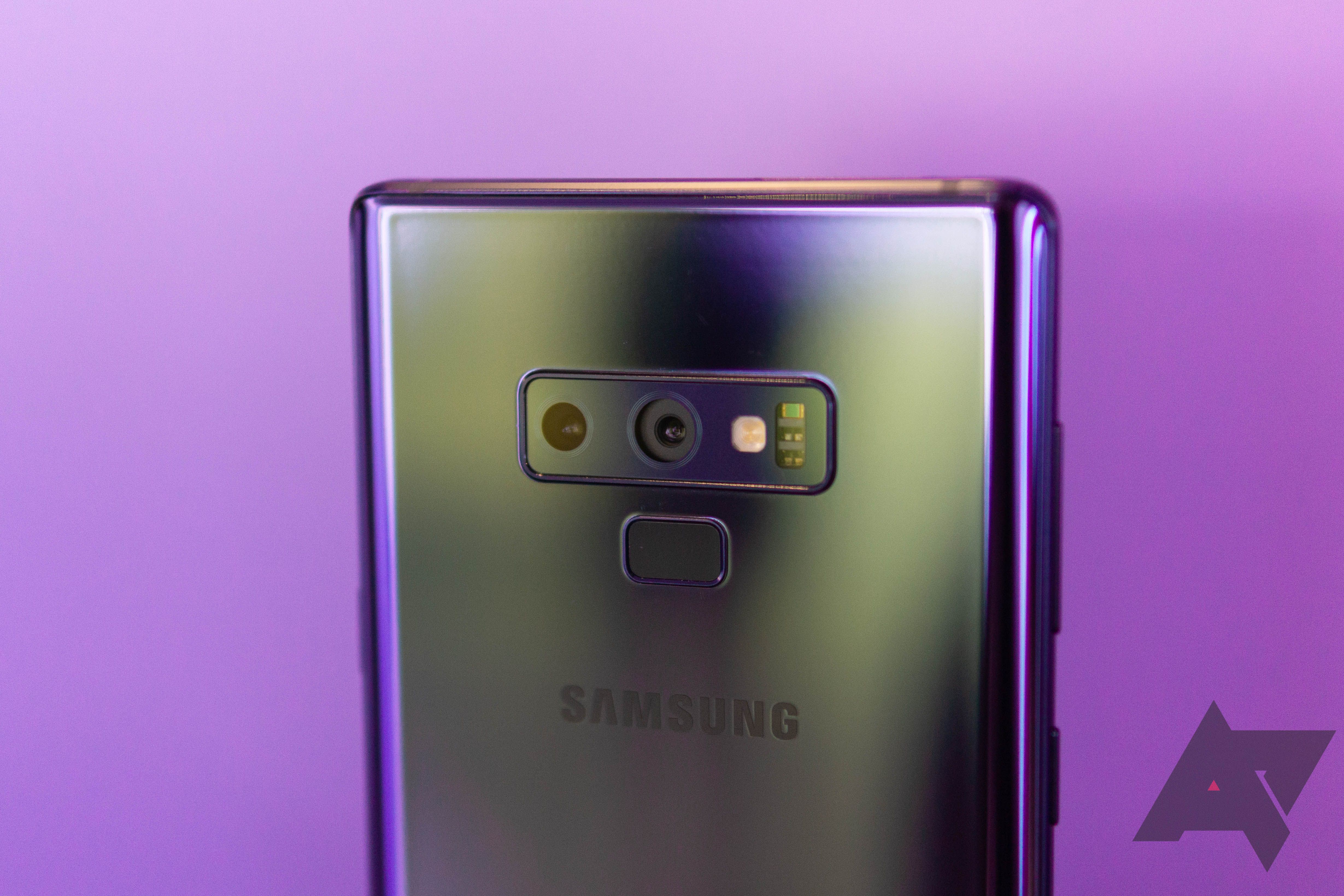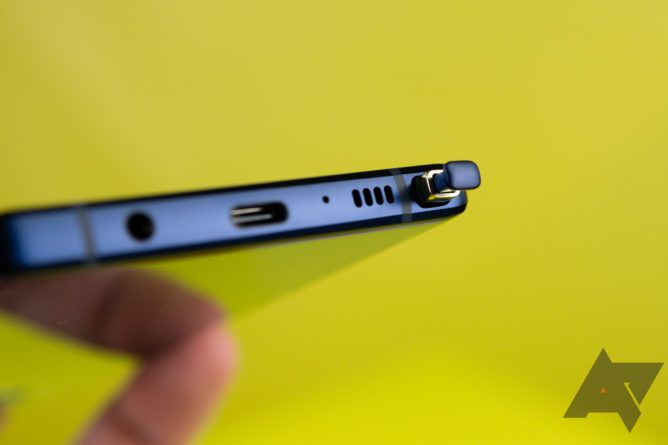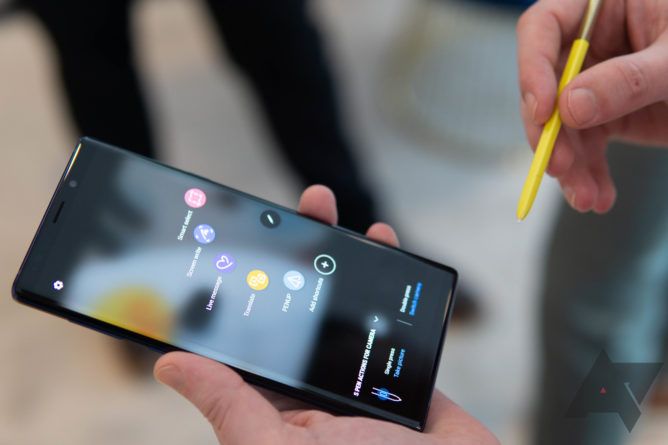Sitting through Samsung's Unpacked press conference in Brooklyn yesterday, I wasn't struck with a barrage of technical specifications, comparisons to the competition, or endless feature demos. Samsung didn't even really attempt to sell the new Note as revolutionary, or to convince its audience that they were getting a great product for the money. Instead, it appealed to something more human, more base: emotion.
The Note9 announcement opened with a montage of journalists disparaging the original Galaxy Note back in 2011 (to be fair, it was a bad phone), followed by a supercut on the rise of the Big Phone and the Note's subsequent dominance of the segment it essentially created. And Samsung has a point: the original Note wasn't just critically disliked for its objective flaws, it was panned as much - if not more - for being an ungainly monster of a phone. People thought (myself included) that giant phones were a silly fad, soon to die. Of course, they weren't, and big phones went on to become the norm, with smaller handsets now being the odd exception in the marketplace. Truly small phones are all but extinct.
And Samsung used this opportunity to call out to the "believers" in the big phone concept, and fans of the Note in particular, and thank them for their loyalty. Because they got it - and a bunch of critical journalists didn't - the Note was able to succeed and iterate, and to become the well-loved brand it is today. Fact aside that big phones would have almost certainly been a thing even if Samsung hadn't ever built the first Note, it's easy to see why this kind of marketing is effective; the idea that by buying a phone you're not just buying a phone, you're expressing your loyalty to a particular tribe of the larger smartphone community. The Note was the first modern enthusiast's smartphone, and it attracted a fiercely loyal buyer who, to put it bluntly, thought big-ass phones were awesome and that iPhones couldn't possibly meet a power user's needs.
With the Note9, Samsung played shamelessly to its fanbase and gave them what they've asked for pretty much every year. The Note now has a massive 4000mAh battery, a full 700mAh increase over the previous generation. It's getting a minimum of 128GB of storage, 6GB of RAM, and still keeps the microSD slot. For the true mobile media warrior, a 512GB model (which costs an insane $1250) can be paired with an upcoming 512GB Samsung microSD card to bring the phone to a full terabyte of internal storage. The Note is about bigger, more, most - and so for Note fans, bigger has almost always meant better.
To cap it off, Samsung finally put Bluetooth in the S Pen - something that's been on fan wishlists for years - to allow it to be used as a wireless remote app launcher, camera shutter, or slide controller. An upcoming public SDK will allow developers to program custom functions into their apps specifically for use with the S Pen.
Everything else about the Note9 is either iterative or simply a given. Yes, it has the best smartphone screen ever, because it uses the same one as the Galaxy S9 and S9+ - just bigger. It has an excellent camera, a headphone jack (and still fits that huge battery, what an achievement!), all the carrier network feature support, wireless charging, waterproofing, Samsung Pay, and a huge array of accessories. You can plug it into an external monitor and make it into a desktop computer (though, in my opinion, a really crappy one). It is the ultimate Samsung phone for the ultimate Samsung fan.
And that's really what the Note has become: the Samsung phone for Samsung fanboys. There's no question about which Samsung phone you buy if you want the best Samsung phone. It's always the Note. And that's not at all to say the Note is only for Samsung fans. From a hardware perspective, there is no better-equipped Android phone on the market right now. No phone offers the combination of technology, features, and capability that the Galaxy Note9 does, and Samsung is well aware of that. Every competitor is going to have a comparative pitfall when put up against Samsung's $1000 ode to its most loyal followers. Size aside, for anyone who is considering a new phone right now, the Note9 almost has to enter the conversation - how can it not?
Still, there remains the open question of why the Note even has to exist as a separate product line from the Galaxy S series. After all, aside from the S Pen, the only real differences are dimensional. Going back years, I've predicted the consolidation of Samsung's smartphone lineup as only making sense with the S and the Note getting more and more similar with each passing generation.
But when I sat through that press conference, listening to Samsung's spiel for the third year in a row about how much Note fans love their phones - and they quite specifically cite the word "love" - it dawned on me. Samsung keeps the Note and the S series separate not as some technical, tick-tock cycle anymore. That may have been the case years ago, but the phones have effectively become very small riffs on one another. No, the Note goes it alone because it is the symbol of Samsung fandom, of the grass-roots community that gets out there and evangelizes the brand to friends, families, and coworkers. The Note is as much a product as it is a marketing demonstration: a portable showcase for all the very best Samsung can do. Samsung doesn't expect everyone to go out and buy its thousand dollar mega-smartphone. But it expects the people who will are going to share that experience and, maybe, get someone to buy one of its more "reasonable" $700 smartphones instead. Meanwhile, Samsung's most ardent fans get a phone that pulls out all the stops and throws in all the stuff, price be damned.
It's not a bad deal. And while the Note may one day be supplanted by something even bigger and better, for now I don't see it going anywhere.



